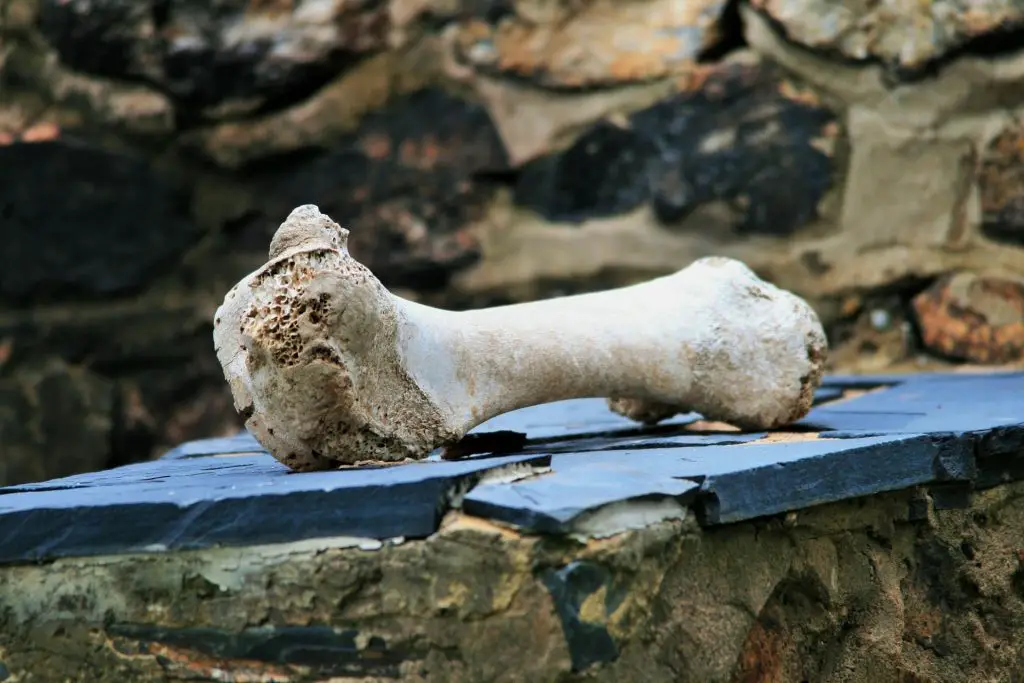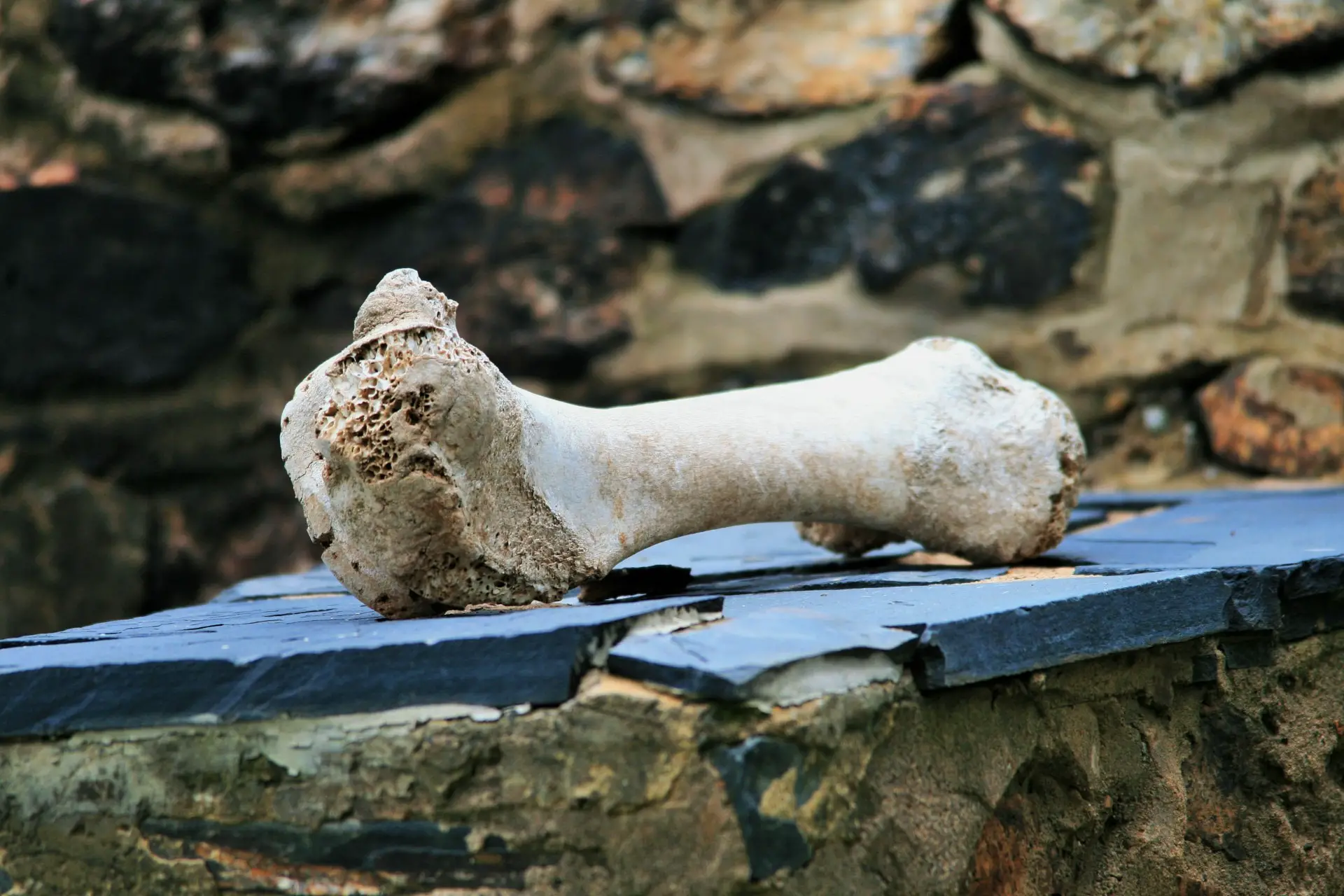Is it bad to give bones to the dog? Are we harming him by feeding him a bone or, on the contrary, are we depriving him of a number of nutrients that may prove useful?
The debate over whether it is good or bad to give dogs bones to eat comes from afar and is really complex. There are Opinions for and against: Almost all dog owners are well aware of the risks with their bones – the dreaded intestinal obstruction and perforations – but some are also considering the potential benefits.
What weighs more Let’s see what the main points of this discussion are and what to consider regarding your dog and bones. Here we go!
If wolves eat bones, why shouldn’t dogs?
When the debate arises about whether it is good or bad to give bones to dogs, it tends to be one of the main proponents’ arguments: if the wolves related to dogs eat bones, why should our furry friends not be able to?
In fact, wolves eat bones. When a wolf devours its prey, it first eats the intestines and meat, but then it crushes and eats part of the bones as well. However, there are two points that weaken this argument:
- First of all, we need to understand that dogs are not wolves. They are related to each other, but that’s all: Taming and living with people for millennia have changed their bodies, and that includes the jaw and digestive system. For example, dogs are better at processing the starch in grain than wolves … and, by contrast, they are not as effective at chopping up and digesting bones.
- Second, the fact that wolves eat bones, and certainly more easily than dogs, does not mean that they are not also susceptible to their dangers. Like dogs, wolves can suffer from bowel perforation or obstruction. It will happen to them less often, and certainly much less easily, than if we humans tried to eat a bone, but that doesn’t mean it won’t happen to them.
Why is it bad to give bones to dogs? The dangers
The main threats to the bones come from the possibility of them getting stuck in the dog’s digestive system (Intestinal obstruction) or chipping and severe damage (perforation) can cause.
How often does that happen? That is hard to say. Many veterinarians often warn of the dangers of bowel obstruction and perforation, but at the same time the popular BARF (Biologically Appropiate Raw Food) diets, which contain a large amount of raw meaty bones, are enjoying increasing popularity.
Aside from the frequency, it is undeniable that there are certain risks associated with giving bones to our dog to eat. So the real question is this: is it worth taking these risks? What do bones bring to a dog?
The nutritional contribution of bones to dogs
Indeed, this is the most important question: is the nutritional contribution of bones so fundamental that the potential risk to our dog’s health from bone feeding can be accepted?
Obviously not, it doesn’t seem that the contribution of the bones is overly important. The nutritional benefits of bones for dogs do not come from the actual bonebut from the tissues attached to them: meat, cartilage, etc. The bones contain calcium and phosphorus, but dogs actually don’t digest them very well.
In fact, and perhaps because of this, not all BARF diets place as much emphasis on the bones. Many of these diets are based on guts, meat, and vegetables, a combination that will give a dog much greater nutritional value.

Is it a good idea to cook the bones before giving them to the dog?
If we still want to give the dog bones to eat, we should know that there is a broad context on this point: No, boiling the bones before giving them to the dog doesn’t seem like a very good idea.
This is because the bone loses water and collagen during cooking, making it more fragile and easier to split in the animal’s digestive tract.
Conclusion: Giving the dog bones, is that good or bad?
As we can see, and as anticipated at the beginning of this article, it is difficult to give a definitive answer to the question of whether it is good or bad to give bones to a dog.
Many veterinarians believe that bone food intake is low and does not justify the potential risks, but the consensus on these issues is far from absolute. Every owner who knows the arguments for and against this practice has to decidewhat’s best for his pet.
In this sense, it is also important to consider the characteristics of each dog: its size, its preferences, how hastily it eats (if a dog gets very nervous and devours its food, it can swallow more larger pieces of bone), how sensitive its stomach is to to tolerate other food than usual, etc.
In any case, it’s also interesting to note that there are certain bones that dogs deal with, but usually without swallowing them: these are them Chewing bones, big and hard, such as the Knees of calves to give an example. These bones usually do not pose a risk and in fact serve to keep the dog focused on something for a while and to ease its anxiety.

